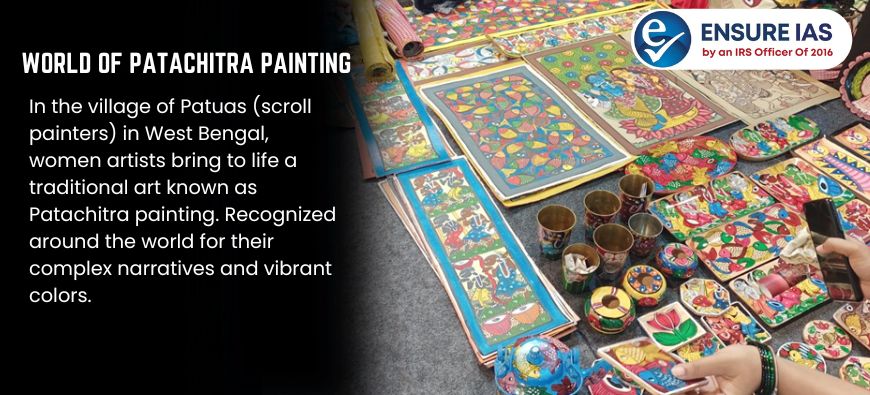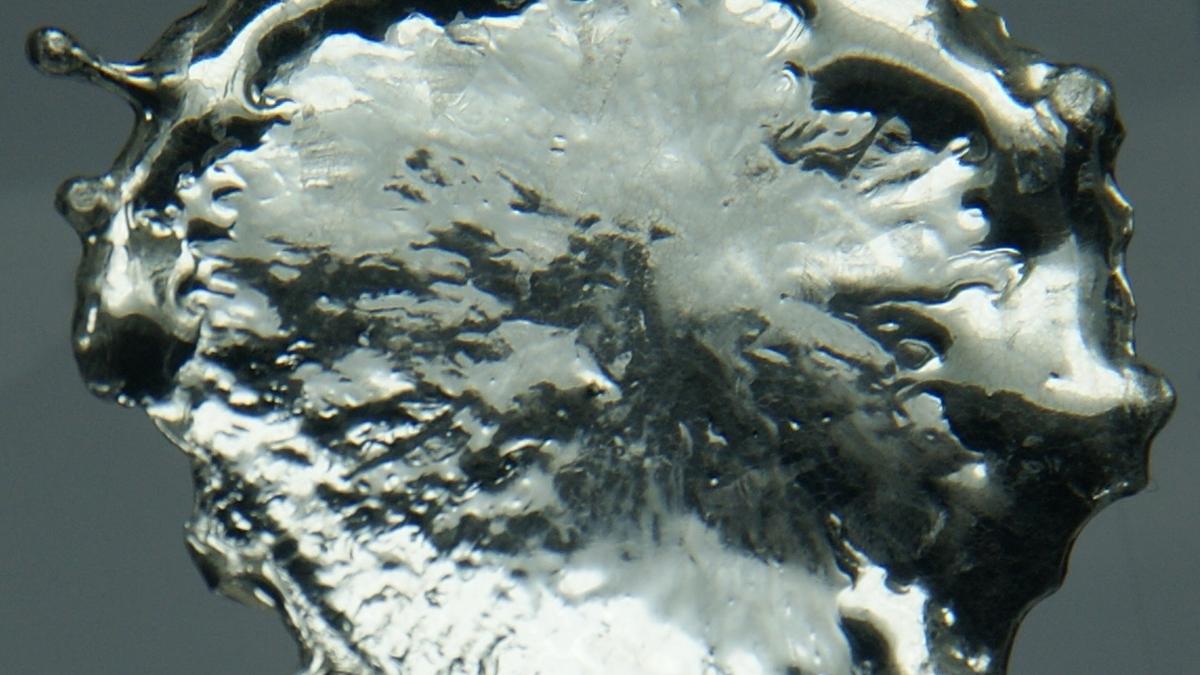- Courses
- GS Full Course 1 Year
- GS Full Course 2 Year
- GS Full Course 3 Year
- GS Full Course Till Selection
- Online Program
- GS Recorded Course
- NCERT (Recorded 500+ Hours)
- Polity Recorded Course
- Geography Recorded Course
- Economy Recorded Course
- AMAC Recorded Course
- Modern India, Post Independence & World History
- Environment Recoded Course
- Governance Recoded Course
- Science & Tech. Recoded Course
- International Relations and Internal Security Recorded Course
- Disaster Management Module Course
- Ethics Recoded Course
- Essay Recoded Course
- Current Affairs Recoded Course
- CSAT
- 5 LAYERED ARJUNA Mentorship
- Public Administration Optional
- ABOUT US
- OUR TOPPERS
- TEST SERIES
- FREE STUDY MATERIAL
- VIDEOS
- CONTACT US
World of Patachitra Painting
World of Patachitra Painting
04-05-2024

In the village of Patuas (scroll painters) in West Bengal, women artists bring to life a traditional art known as Patachitra painting. Recognized around the world for their complex narratives and vibrant colors.
Background:
- Definition: Patachitra, or Pattachitra, is a term used to describe traditional, cloth-based scroll paintings originating from the eastern Indian states of Odisha and West Bengal.
- Historical Origins: The art of Patachitra is believed to have originated as early as the 12th century, making it one of the oldest forms of Indian painting.
- Etymology: In Sanskrit, "Patta" translates to "cloth," while "Chitra" means "picture," describing the nature of these paintings.
Characteristics:
- Intricate Details: Patachitra paintings are renowned for their intricate details, often including elaborate motifs, patterns and symbolism.
- Mythological Narratives: Many Patachitra paintings depict stories from Hindu mythology, showcasing the lives and adventures of various deities.
- Folklore and Cultural Traditions: These paintings also serve as a visual representation of local folklore, customs, and traditions, offering a glimpse into the region's vibrant cultural tapestry.
Canvas and Technique:
- Canvas Preparation: Pattachitra paintings are created on a specially prepared canvas made of cotton sarees layered with tamarind paste and coated with clay powder.
- Color Application: Colors are filled in directly onto the canvas without any initial sketches, following a tradition of completing the borders first.
- Natural Pigments: All colors used in Patachitra paintings are derived from natural sources, such as lamp soot and powdered conch shells.
- Time-consuming Process: Creating a single Patachitra painting can take weeks or even months, due to the intricate and time-consuming process involved.



